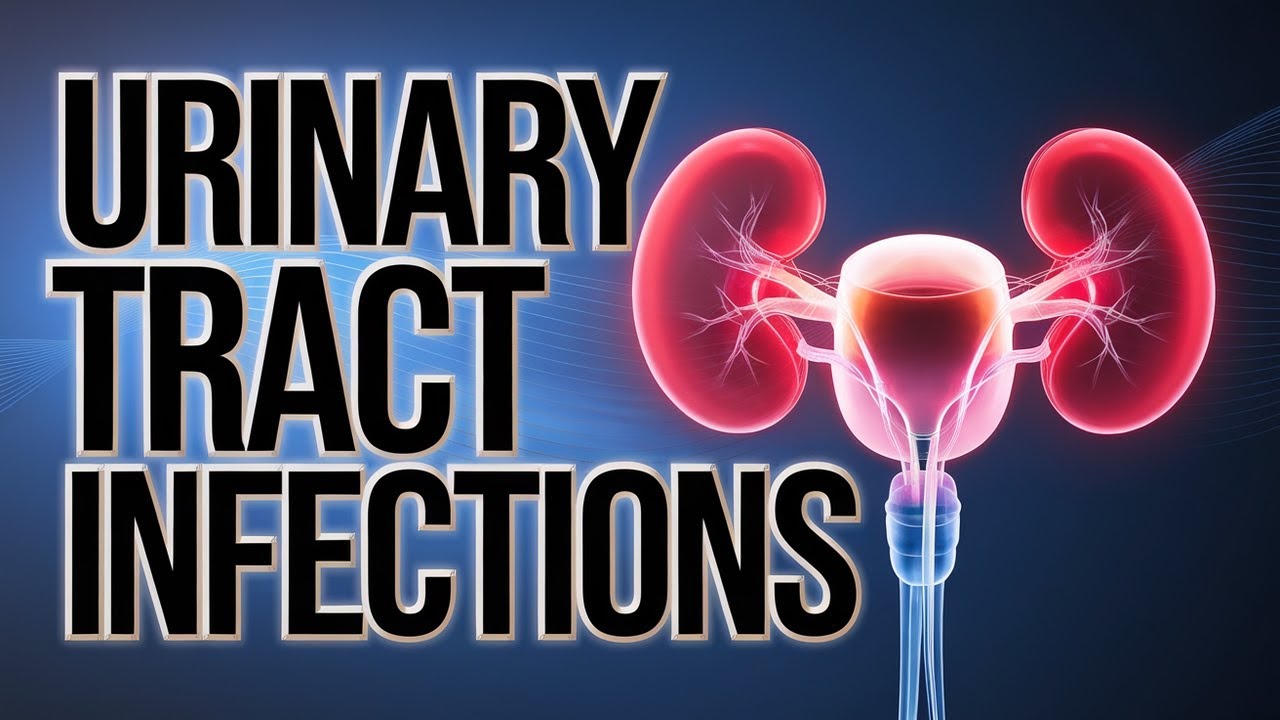Understanding Urinary Tract Infections: Causes, Symptoms, and Prevention
Did you know that half of all women will experience a urinary tract infection (UTI) at some point in their lives? This common yet painful condition can turn your world upside down. A urinary tract infection occurs when bacteria invade the system that carries urine out of the body, including the kidneys, bladder, and connecting tubes. Bladder infections are the most common type of UTI.
Symptoms of Urinary Tract Infections
Symptoms of a UTI include pain or burning during urination, frequent urges to urinate, and cloudy or foul-smelling urine. If left untreated, a bladder infection can spread to the kidneys, leading to more severe symptoms like lower back pain, fever, and nausea. It’s crucial to see your doctor if you suspect a UTI, especially if you’re pregnant, elderly, or have underlying health conditions such as diabetes or kidney problems.
Diagnosing UTIs
Sometimes, the symptoms of a UTI can mimic other conditions such as yeast infections or sexually transmitted diseases. Simple lab tests can help distinguish between them. Sexual activity can push bacteria into the urethra, leading to what’s commonly known as honeymoon cystitis. Women using diaphragms for birth control are particularly at risk. In some cases, a UTI can occur without any symptoms at all. This is known as asymptomatic bacteriuria and may not always require treatment unless you’re pregnant or have had a kidney transplant.
The Dangers of Untreated UTIs
The main danger of an untreated UTI is the potential spread to the kidneys, which can cause permanent damage and even lead to kidney failure. UTIs begin when bacteria, often E. coli, enter the urinary system. Women are more susceptible due to their shorter urethras. Risk factors for UTIs include not drinking enough fluids, taking frequent baths, and holding urine in the bladder for too long. Men are less likely to get UTIs, but when they do, it’s often linked to other medical conditions like kidney stones or an enlarged prostate.
Treatment Options for UTIs
Diagnosing a UTI typically involves a simple urine test to check for bacteria and abnormal white and red blood cell counts. Most UTIs can be treated with prescription antibiotics, and drinking plenty of fluids can help flush out the bacteria. For those prone to recurrent UTIs, options include long-term low-dose antibiotics, post-coital antibiotics, and even cranberry supplements. Over-the-counter medications like phenazopyridine can relieve UTI symptoms but won’t cure the infection. You still need antibiotics.
Vulnerable Populations and UTIs
People with diabetes are more vulnerable to UTIs due to weaker immune systems and high blood sugar levels that encourage bacterial growth. Pregnant women are at higher risk for UTIs due to hormonal changes and pressure on the urinary tract, which can lead to pre-term labor if untreated. Menopausal women are also more susceptible to UTIs due to lower estrogen levels, which make it easier for bacteria to thrive.
UTIs in Hospital Settings
Hospital stays, especially those requiring catheters, can increase the risk of UTIs, particularly in older adults. UTIs are common in the elderly, but symptoms may include agitation or delirium rather than the classic signs. Infants can also develop UTIs with symptoms like unexplained fever and strange-smelling urine. Prompt treatment is essential to prevent kidney damage. Children may develop UTIs due to delayed bathroom trips or structural problems that obstruct urine flow.
Preventing Urinary Tract Infections
Preventing UTIs involves simple strategies like drinking plenty of water, wiping from front to back, and avoiding feminine hygiene sprays. Cranberry juice may help prevent UTIs by preventing bacteria from sticking to the bladder walls, but it’s not a cure. Capsules or tablets can be an alternative.

In conclusion, understanding the causes and symptoms of UTIs is crucial for prevention and timely treatment. With the right lifestyle choices and medical guidance, you can reduce your risk and maintain urinary tract health.
Share this content:
About The Author
Discover more from J and J Fitness
Subscribe to get the latest posts sent to your email.





